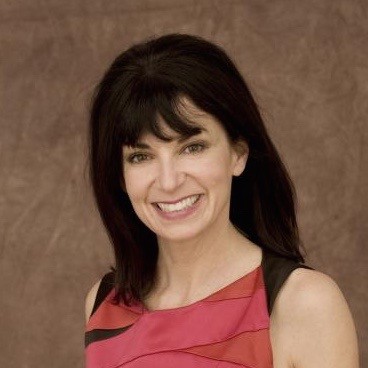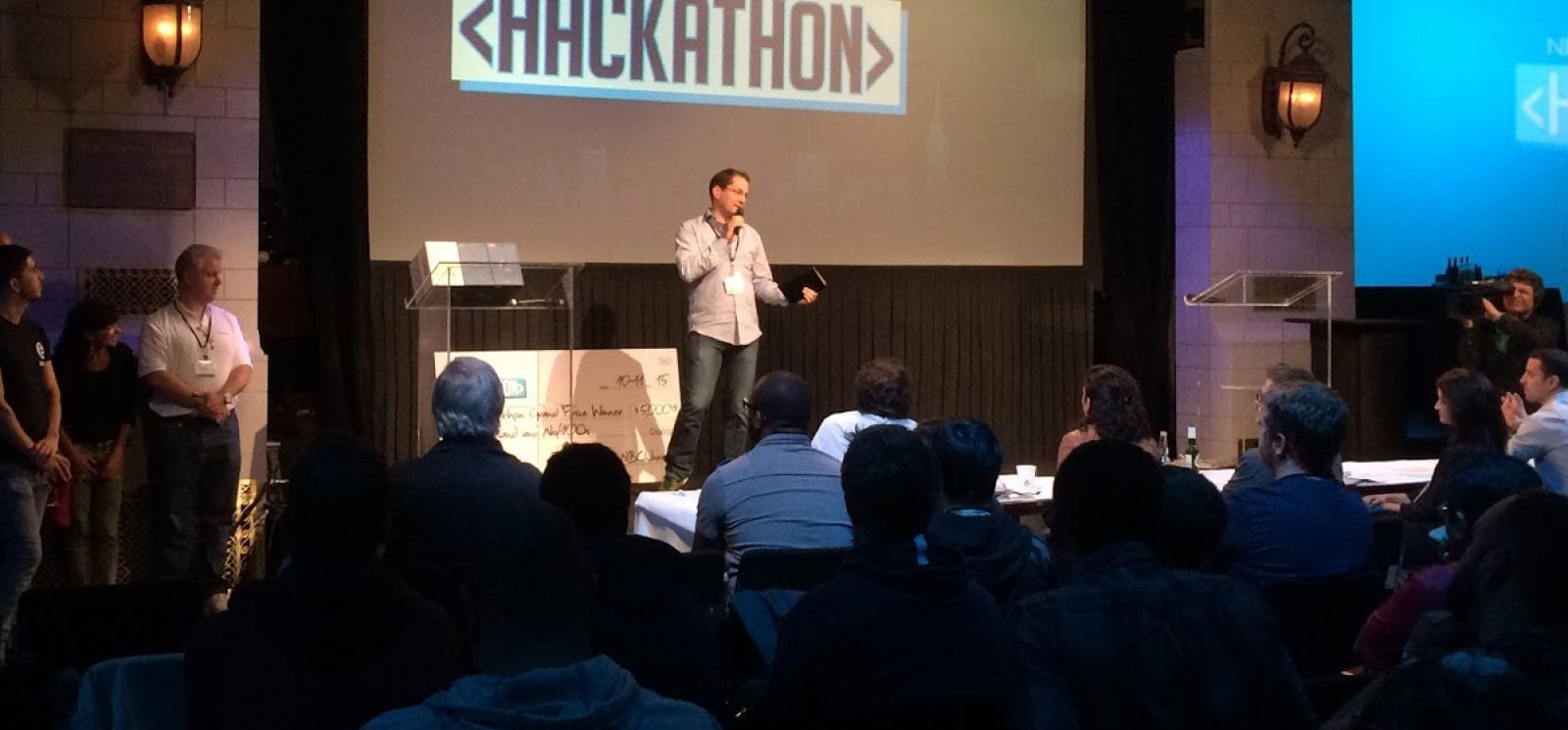“Once you stop learning, you start dying.” – Albert Einstein
If it seems as if the average lifespan of companies has rapidly decreased over the last 50 years, you aren’t wrong. According to an Innosight study and a report by Richard Foster, company longevity has plunged from 61 years in 1958, 25 years in 1980, to about 18 years in 2012. This uncomfortable fact hasn’t been lost on Sanjay Macwan, SVP and CTO, of NBCU’s Media Labs, and he has amended Einstein’s adage to, “If you are not innovating, you start dying.”
In his work to develop and scale corporate innovation programs, Macwan works closely with some of the world’s smartest entrepreneurs, academic thought leaders, and of course, corporate executives who immerse themselves in championing innovation for their respective companies. He avidly studies why (many) companies fail and how others thrive, and in a series of blog posts he has observed that successful companies abide by his Four Principles of Corporate Innovation, which includes, engaging all stakeholders, embracing technology ecosystems, becoming the disruptor, and becoming your own customer.
Of the four, “engaging all stakeholders” is the trickiest as it is ultimately the means to the other three. It is further hampered by the diversity of workforce — not just obvious ethnic and cultural differences, but the spanning of ages and varied skill sets. This led Macwan to examine the role of employees — himself included — in corporate innovation. In the context of life, there is an addage: Be the owner, not the renter. In another post Macwan writes, “If one owns a house then the care with which one uses it, maintains it, and fixes it is often very different compared to the one being rented. The same applies to work. Ownership behavior drives care and work effort towards efficient use of company assets, care for the end customer of the company’s product, and constantly striving to make things better. As and when such culture of ownership permeates the company it provides a key building block for sustained innovation.”
Giving employees the opportunity to take ownership was the apparent genesis behind NBC Universal creating an internal hackathon. The portmanteau of hack and marathon, “hackathons” are events where teams of developers, designers and project managers collaborate and solve challenges. Macwan uses the hackathon format to spawn research and development, using chosen platforms and APIs, as well as other key company assets, to see what ideas can emerge after 24-36 hours over a weekend.
Step Away From That Comfort Zone
Part gaming environment, part laboratory, participants are given instructions on the challenge — and the tools. Getting people to leave their comfort zone by exposing them to new technologies is critical as Macwan wants to fight the rigidity and dogmatic characteristics that some of the brightest possess. It’s hard to succeed with a “not invented here attitude,” he writes. Unstated but inferred, it can be intimidating to step outside of comfort zones. If the Hackathon provides a safe – as well as illustrative – environment, so much the better.

Key to a hackathon? Lots of energy sources.
Continuously Reinvent Yourself
To avoid a not-invented-here attitude means to constantly be reinventing “yourself” – both the individual and collective by leveraging any and all educational tools: company trainings, industry workshops, on-line education, certifications, or advanced degrees in one’s professional field.
As the leader of our own innovation team – I’ve always found opportunity if you can move past the “we’ve always done it this way” to “how can we do things better.” Dogma, fiefdoms and politics be damned. (This role isn’t for the faint of heart!)
All of us have smart people who are good at problem solving – the key is to get them out of their day to day, which hampers them with daily constraints rather than opportunities to innovate. But the question is how? I decided that I would implement “Innovation Fridays;” a 100 percent unstructured day where they could do anything they wanted. I could have dropped the “s” as there has only been one Innovation Friday, sigh. Yet, in that one day, the breakthroughs resulted in federating search across multiple websites (using MarkLogic of course) and implementing responsive design. The breakthroughs can be plenty if you can free your people up to freely think.
Which is why I believe there is such promise with the hackathon. It’s not just the comfy clothes (and the awesome napping cubbies) but it was the lack of politics that enable teams to help teams create. Yes it was competitive — but it was truly collaborative. CTOs can choose how unstructured the event should be. At NBCU’s hackathon this past fall, a preferred list of vendors was chosen — and each brought a team of experts to short-circuit the learning curve. For many of the participants, the technologies were foreign and insider knowledge was crucial.

One of the awesome napping cubbies.
Vendors as diverse as MarkLogic, the Enterprise NoSQL database platform; Watchwith, a TV technology company known for helping TV studios create and leverage programming metadata for advanced multi-platform user experiences; and Oculus, a virtual reality company, all provided access to their technologies – as well as professional teams to instruct, guide and offer advice. The Watchwith and MarkLogic teams were shoulder-to-shoulder with their teams and actually built an API during the wee hours – which a few of the couple teams took full advantage of!
About 120 employees from across NBCU (including its parent Comcast) represented by graphic artists, lines of business managers, UX gurus and ninja software developers, formed 28 teams of 4-5 people. The challenges reflected the two biggest areas within an entertainment company – content creation and monetization. One intrepid soul was a party of one and offered solutions for both challenges.

MarkLogic’s Media CTO Matt Turner at the controls.
The teams had 24 hours to develop their solutions, and as the clock ticked down, exhaustion turned to a rabid energy as they put on the finishing touches. Then everyone moved to the Saturday Night Live studio – which featured a panel of judges – colleagues, executives and even a venture capitalist, to gauge the efforts. Some of the solutions hit it out of the park, including: creating new advertising experiences using virtual reality; using metadata for personalization and sharing; and, even a complete application with dynamic metadata handled by MarkLogic with a personal watching experience powered by Watchwith.
Enjoy What You Do, Do What You Enjoy
Human behaviorists have discovered that money is not necessarily the best way to motivate people. Obviously, it’s a factor – particularly if the job is aggravating. But for most, people want to feel as if they are making a difference. Macwan writes, “Every function, job, or company has its pros and cons. Early in my career my motto was as long as I enjoy my job eighty percent of the time it was generally fine.”
When the last of the prizes had been awarded, (and yes, MarkLogic was represented in the winners circle) and the bar was open, the participants, tired but exhilarated, were laughing at what they had accomplished. One person told me, “At 4 am I was thinking, ‘What I am doing? This is my weekend and I am exhausted.’ But then I started seeing the cool stuff come together, and it’s like, ‘Wow, I’m here!'”

Diane Burley
Responsible for overall content strategy and developing integrated content delivery systems for MarkLogic. She is a former online executive with Gannett with astute business sense, a metaphorical communication style and no fear of technology. Diane has delivered speeches to global audiences on using technologies to transform business. She believes that regardless of industry or audience, "unless the content is highly relevant -- and perceived to be valuable by the individual or organization -- it is worthless."
Comments
Topics
Sitefinity Training and Certification Now Available.
Let our experts teach you how to use Sitefinity's best-in-class features to deliver compelling digital experiences.
Learn MoreMore From Progress
Latest Stories
in Your Inbox
Subscribe to get all the news, info and tutorials you need to build better business apps and sites



